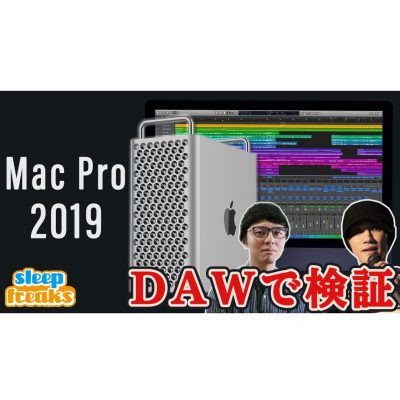Voicing, Arpeggios, and Low Interval Limit / Music Theory Knowledge
Basic Techniques and Knowledge Needed to Utilize Chords
Before learning to use the major diatonic chords (triad, 7th), lets first deepen our understanding on chords.
In this article we will be taking a look at voicing, arpeggios, and low interval limits.
This information is crucial when putting together chord progressions and arranging instruments, so be sure to master these concepts!
Voicing
Simply put, voicing is the order in which the notes of a chord are stacked together.
As mentioned previously, chords have various shapes other than their most basic forms,
They are often changed according to the chord progression, arrangement, and more.
Though there are many ways to think about voicings, lets start with the bottom 2 types first.
- Closed Voicing
- Open Voicing
We will take a detailed look at both.
Closed Voicing
Like below, closed voicing is when all of the chords’ notes fit within 1 octave.
Closed voicing has a powerful sense of unity in sound,
but can lead to boring high range and muddy low range sounds.
Open Voicing
On the other hand, open voicing is when the notes of the chord aren’t confined within the span of an octave.
Because notes are separated in open voicing, the notes have a sense of space,
and creates a gentler sound due to the wide spread across the frequency spectrum.
The type of voicing you use will depend on the sound you are after in your song.
We saw that the most orthodox voicing for a C major chord on the guitar is in fact an open voicing.
For more differences on closed/open voicings, check out the video below.
Arpeggio
Arpeggios are a form of broken chords.
A broken chord is when notes of a chord are played a separate timings rather than together.
The key point is that the timing can even be random.
Though an arpeggio generally refers to playing the notes of a chord from low up to high one by one (or vice versa),
but in recent years this term has come to include more variations of this motion.
Lets hear both of these sounds.
Below we have an arpeggio sample.
-
- Chord Progression Dm→G→C
-
- Chord Progression Dm7→G7→C
Low Interval Limit
To understand low interval limit, lets first listen to the 2 Cmaj7 chords below.
-
- 1
-
- 2
Though the first one sounds pretty, the second is hard to listen to and its difficult to imagine it being the same chord.
Lets take a look on the piano roll.
When low notes are too layered together, they create dissonance and lose clarity.
To prevent this, the rule of knowing how far low notes must be apart to prevent this muddyness of sound is the low interval limit.
A general rule of the lowest limit for each interval is shown below,
and any lower than this will lead to muddyness.
Here we will look at C3 as the middle “do”.

This rule will differ depending on the instrument,
and this dissonance can be used on purpose in music as well (i.e. horror style music).
That being said, it is important to be aware of this effect that low sounds have.
If a chord in a song or arrangement sounds murky,
be sure to check back on this low interval limit.
In our next article we will be looking at diatonic related topics.
Perhaps you have seen IIm7 or IV written in music before?
This is a way of depicting chords that makes diatonic chords easier to understand.
Be sure to stay tuned!
Article Writer: Kazuma Itoh

After moving to the USA at 18 years of age with a scholarship from Berklee, he completed a 4 year study focused on song writing and arranging there.
Using this knowledge, he works across a variety of fields from pop music, film music, and more.



























